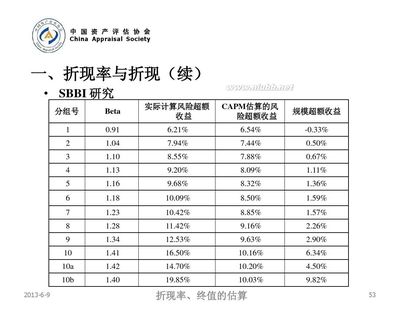来源:国会预算办公室,商务部,经济分析局
注释:GDP缺口是指真实国民生产总值(扣除价格因素)与预测的潜在水平(相当于资源——劳动力和资本——充分运用的水平)的差距。
在我看来,已有的关于通货紧缩风险的言论中,尚未有一个具有警示作用的比较。上面的数据显示,国会预算办公室(Congressional Budget Office, CBO)正在预测现今程度与上世纪80年代相当的经济衰退引起的产出不足。实际上,它们是非常相近的。如果你将CBO对于2008年至2012年的失业率预测和CBO对自然失业率的预测,我们会发现累计的超额失业率是13.9%,而1980年到1986年的此数据为13.7%。(如果自然失业率——即通胀率不变的失业率——是5%,而平均的年实际失业率为7%,这就表明两个百分点的超额失业率)
现在问题是这样:20世纪80年代早期的经济衰退引发了大幅度的反通胀,导致通胀率由约10%骤降至4%。
然而这一次,我们进入核心通胀率为2.5%的经济衰退中。如果我们经历一次与上世纪80年代相当的反通缩,这意味着其将在通缩率-3.5%中结束。
并且我们要知道,无论是CBO还是奥巴马经济团队都未能真正解释处方在哪里。当然,这只是一个假设。
所以请告诉我,为什么我们不正视一个反通胀陷阱的巨大风险,在这个陷阱中,价格的下降甚至会让消费者与企业都不情愿去消费。请给我一个理由,为什么此次风险不会保持高位,虽然它可以更低一些,更即便是我们有奥巴马计划,那个至今我能解读为将累计超额失业率削减三分之一的计划。
摘自克鲁格曼博客,2009年1月10日
http://krugman.blogs.nytimes.com/2009/01/10/risks-of-deflation-wonkish-but-important/
Risks of deflation (wonkish but important)There’s been some talk abut risks of deflation, but there’s one alarming comparison I haven’t seen made. The figure above shows that the CBO is currently projecting an output shortfall from the current slump comparable to the slump of the early 1980s. Actually, it’s very close: if you compare the CBO’s projections of unemployment from 2008 through 2012 with its estimate of the natural rate, we’re looking at cumulative excess unemployment of 13.9 point-years; that compares with 13.7 point years from 1980 through 1986. (If the natural rate — the unemployment rate that keeps inflation unchanged — is 5 percent, and the actual unemployment rate averages 7 percent over a year, that’s 2 point-years of excess unemployment.)
Now here’s the thing: the slump of the early 1980s produced the Great Disinflation, which brought the core inflation rate down from about 10 to about 4.
This time, however, we entered the slump with a core inflation rate of about 2.5 percent. If we experienced a disinflation comparable to that of the 1980s, that would mean ending up with deflation at a rate of -3.5 percent.
And bear in mind that neither the CBO nor the Obama team really explains where recovery comes from; it’s just assumed.
So tell me why we aren’t looking at a very large risk of getting into a deflationary trap, in which falling prices make consumers and businesses even less willing to spend. Tell me why this risk wouldn’t remain high, though lower, even with the Obama plan, which as far as I can tell is expected to reduce cumulative excess unemployment by about a third.
 爱华网
爱华网


